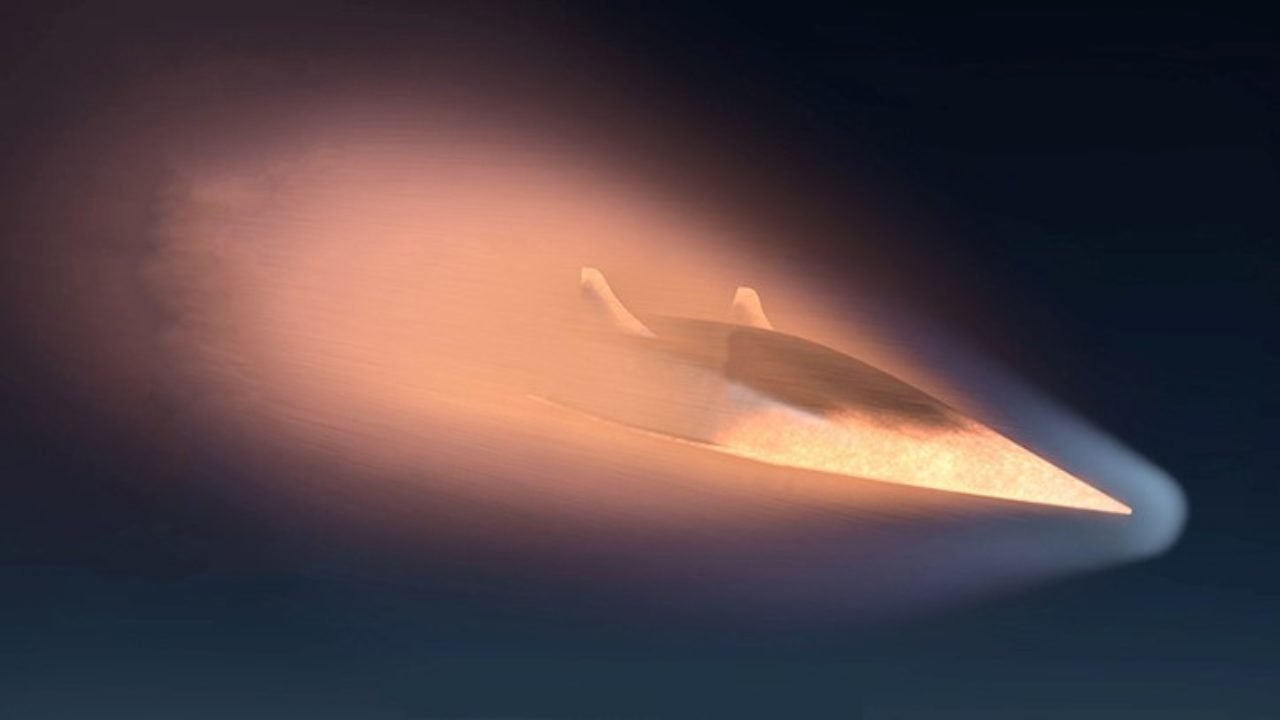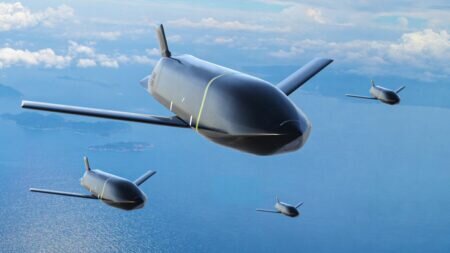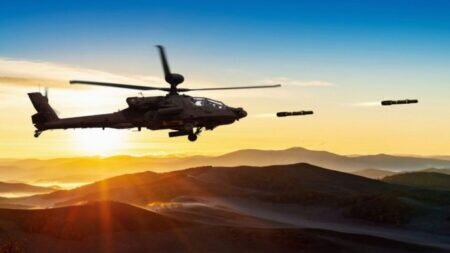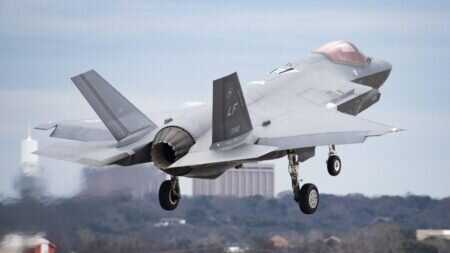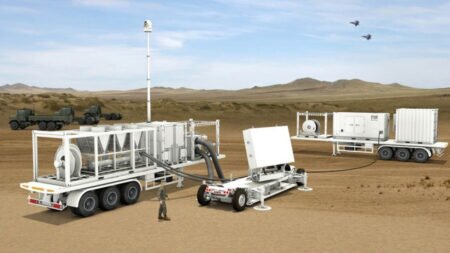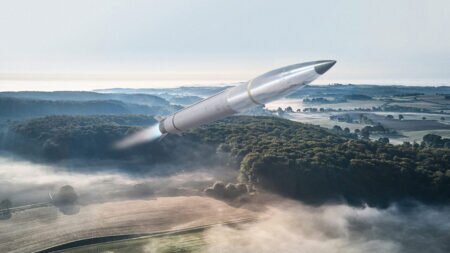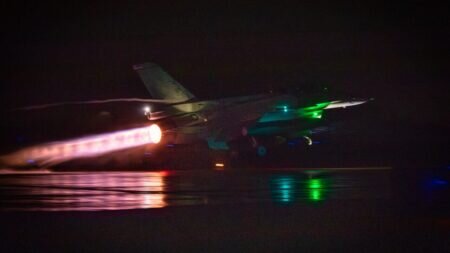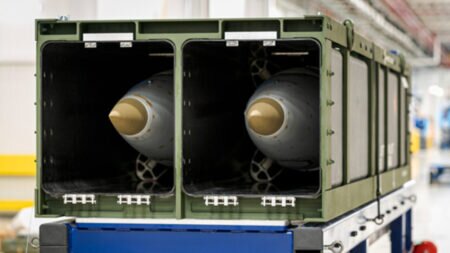The U.S. Air Force and Lockheed Martin successfully conducted a hypersonic-boosted flight test of the AGM-183A Air-launched Rapid Response Weapon (ARRW) from the service’s B-52H Stratofortress.
The successful flight demonstrates the weapon’s ability to reach and withstand operational hypersonic speeds, collect crucial data for use in further flight tests, and validate safe separation from the aircraft to deliver the glide body and warhead to designated targets from significant standoff distances.
“The need for hypersonic strike capabilities is critical to our nation and this successful test will help us to maintain an accelerated and rigorous timeline,” said Dave Berganini, vice president of Hypersonic and Strike Systems at Lockheed Martin Missiles and Fire Control. “Our strong partnership with the U.S. Air Force has allowed us to quickly progress hypersonic technologies for our men and women in uniform.”
“The ARRW rapid prototyping program used Section 804 authorities provided by Congress to significantly accelerate the development and test of this system, without sacrificing engineering rigor,” said Marya Bard, U.S. Air Force ARRW program director. “The tightly integrated Lockheed Martin and government team achieved speed with discipline by focusing on a common vision of providing combatant commanders a survivable rapid response strike capability as early as possible.”
Additional booster and all-up-round test flights will continue throughout 2022, before reaching Early Operational Capability (EOC) in 2023.
Hypersonic weapons provide a rapid response, time critical capability to overcome distance in contested environments using high speed, altitude and maneuverability.
Hypersonic technology has continued to present several complex engineering challenges. Going Mach 5, sometimes even faster, generates extreme levels of heat, driving the need for innovative materials, sensors and electronics to withstand such speeds throughout its journey. In addition to heat, these systems must be able to maintain consistent communication connections, as well as considerable intelligence to perform precise maneuverability techniques to overcome a wide range of advanced defense systems and extreme contested environments.

